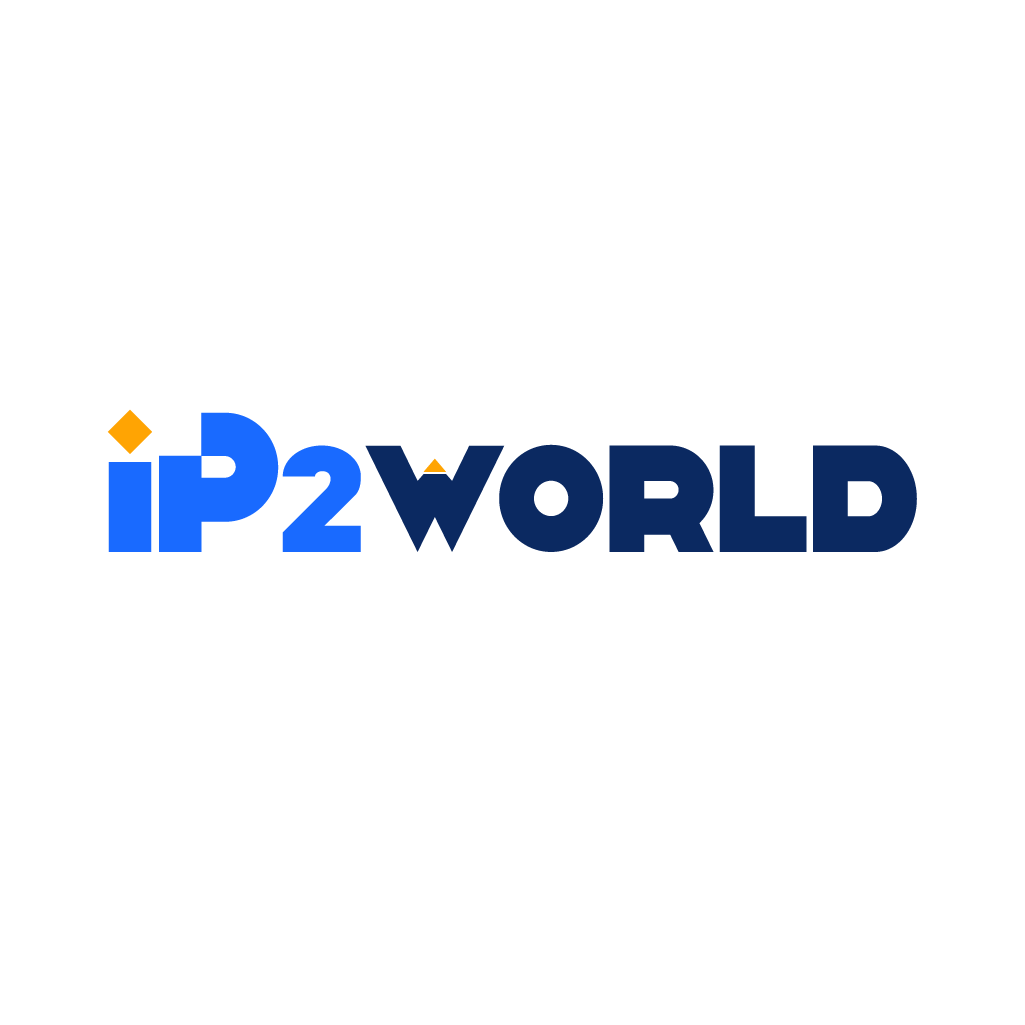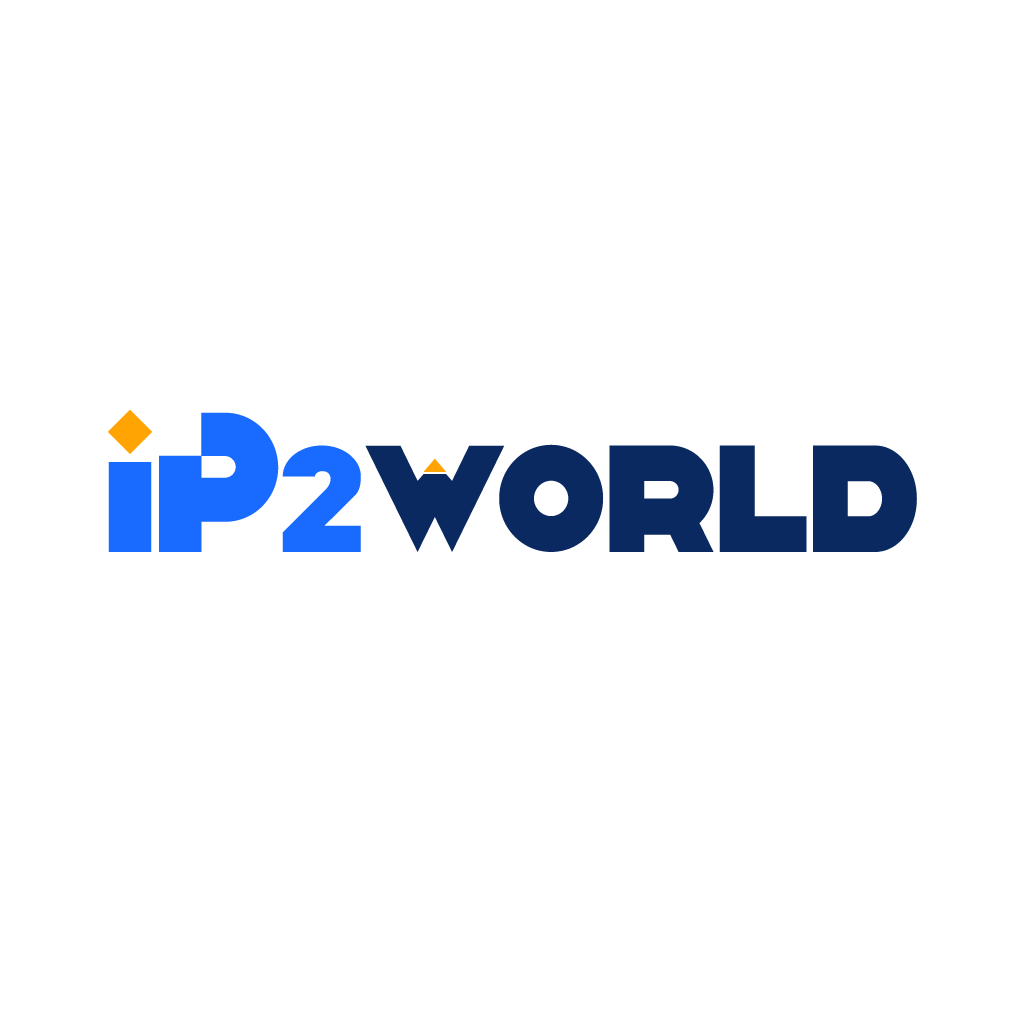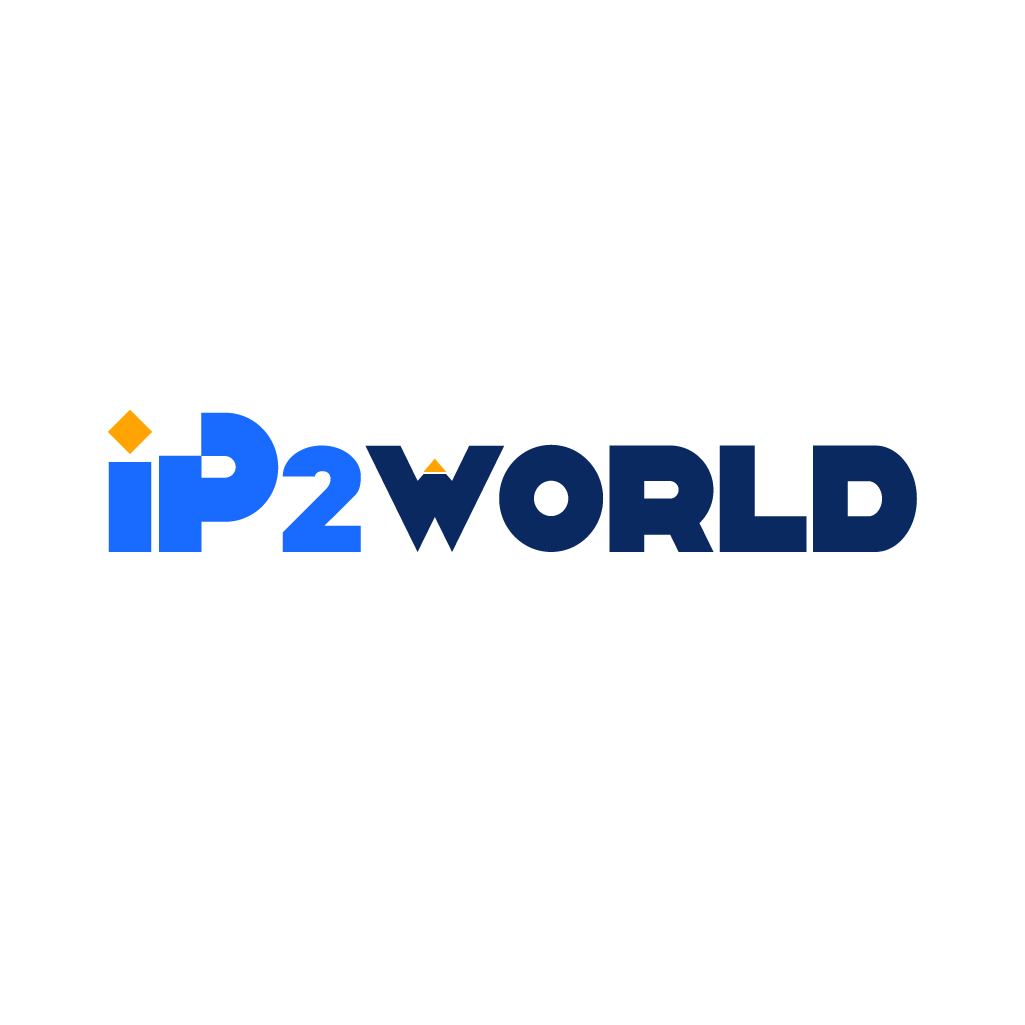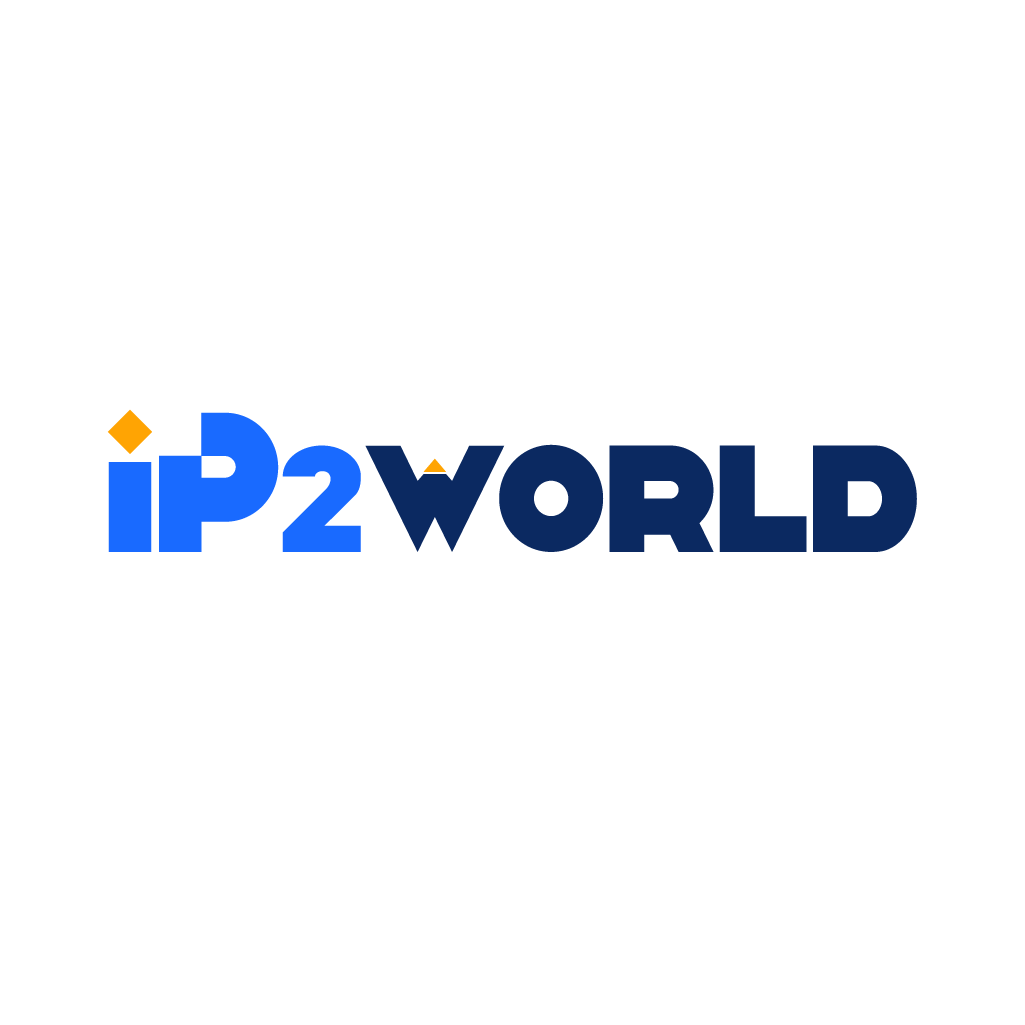I. Introduction In the ever-expanding global marketplace, content localization has become an essential strategy for businesses seeking to connect with diverse audiences worldwide. However, the effectiveness of localization efforts cannot be gauged solely by intuition. To truly understand the impact and return on investment (ROI) of localization, brands must employ a set of carefully selected key performance indicators (KPIs) and measurement tools. In this comprehensive guide, we delve into the world of localization metrics, providing valuable insights on the KPIs to track, tools to measure success, tips for monitoring ROI, and the challenges brands may encounter along the way. Whether you're a seasoned global marketer or just embarking on your localization journey, this guide will equip you with the knowledge to navigate the complex landscape of localization measurement. II. Key Performance Indicators to Track To accurately evaluate the impact of content localization efforts, brands should track a mix of engagement, conversion, search, and sentiment metrics specific to each market. Key performance indicators to monitor on an ongoing basis include: - Increased organic traffic and leads from the target market: Compare traffic and lead conversion rates from a target market before and after launching localized content. Positive lifts indicate your localization resonates and drives interest. - Growth in sales and customer acquisition from the localized market: Look at customer, revenue, and transaction metrics tied specifically to each market you've localized content for. Ultimately you want to tie localization efforts to financial lift. - Change in bounce rates and time spent per visit: Drops in bounce rates and higher time spent on site for a target market demonstrates your localized content better engages and resonates with foreign audiences. They are consuming more content. - Social shares, repeat visits, and subscribers from a localized market: Higher engagement rates on your localized content across social, repeat visitation, email sign ups and other actions signal increased interest. - Improved local search rankings for target keywords: Measure search rankings for priority keywords and phrases in the local language before and after localization to gauge expanded discoverability. - Web traffic from organic and paid local search: Look at increases in site traffic driven specifically from local search engines and improvements in paid search performance in each market. - Sentiment metrics for brand and content: Use multilingual social listening and surveys to evaluate how sentiment towards your brand and content evolves post-localization. - Click-through-rates on localized ads and content: Analyze click-through-rates on localized search, social, and display ads along with other site content to measure appeal. Closely monitoring a mix of market-specific engagement, conversion, search, and sentiment KPIs makes the impact of localization quantifiable. Over time, refine efforts based on what moves the needle most. III. Tools to Measure Localization Success Brands have a range of options when it comes to selecting tools to quantify the impact of content localization and identify opportunities for optimization: - Website analytics platforms: Solutions like Google Analytics provide the ability to segment data by language, source traffic by geography/location, analyze user flows, and identify conversions across markets. This can showcase localization lift. - Search engine tools: Keyword tracking software and search engine console data help monitor rankings, impressions, clicks, and traffic for target keywords in each localized language. - Social listening and monitoring tools: Multilingual and market-specific social listening provides intelligence on brand mentions, sentiment, and conversations across foreign social platforms and forums. - Surveys and feedback forms: Directly collect input from international users through multilingual surveys and feedback forms on their site experience and sentiment towards localized content. - Localized Google Trends: Gain insights into hot search terms, cultural phenomena, and consumer interests specific to each localized market using Google Trends localized data. - Heatmapping software: Heatmaps illustrate how users from different markets interact with and scroll through localized pages and content. This identifies engagement levels. - A/B and multivariate testing tools: Test variations of localized content against each other and against non-localized pages to quantify impact on engagement and conversions. - Translation management systems: The data and analytics within localization software systems provide visibility into asset translation progress, costs, and efficiency. - CRM and marketing automation platforms: Integration with CRM data enables more targeted lead generation and sales tracking by market. Marketing automation reporting also provides localization insights. The combination of web analytics, search engine data, social listening, surveys, testing tools, and optimization platforms enables comprehensive localization measurement. IV. Tips for Monitoring Localization ROI To accurately evaluate the ROI of localization, brands should implement these practices: - Set specific measurable goals and KPIs per market: Establish quantifiable targets for expected lift in engagement, rankings, sentiment, conversions/sales per market. This focuses efforts. - Dedicate analytics resources: Allocate personnel to manage ongoing global analytics across web, search, social, surveys, and other tools. Create dashboards to track KPIs. - Segment data by market and language: Isolate market-specific social, search, and web data to analyze performance, surveys, and sentiment for each localized market separately. - Conduct controlled A/B/n testing: Test localized against non-localized pages as well as variations of localized content itself. This clarifies impact. - Implement tagging for segmentation: Insert tags and UTM codes to segment traffic, conversions, and sales by marketing channel, ad campaign, and language/locale. - Track data over extended durations: Measure beyond just a few weeks to identify meaningful trends. Sustained lift demonstrates true value while allowing time for SEO impact. - Gauge incremental value over time: Monitor additional revenue, conversions, and customer acquisition driven by each market as localization matures. - Course correct based on data: Let metrics guide refinement of localized content and go-to-market strategy. Double down on high traction areas. - Build executive-level reporting: Synthesize insights into executive reports that quantify ROI and highlight key learnings to justify continued investment. With rigorous measurement frameworks in place, localization efforts can be tied directly to ROI both during initial rollout and over the long-term. V. Challenges and Limitations in Measuring Localization ROI While quantifying the ROI of localization is valuable, brands may encounter some common challenges: - Difficulty isolating impact: Many simultaneous factors besides localization can influence target market metrics. Teasing out localization's direct contribution can be difficult without controlled tests. - Time lag for SEO gains: It takes months of localization work to significantly influence organic search rankings, so allow ample time before expecting big results. Manage expectations. - Dependence on third-party analytics: Google analytics and social listening tools provide key insights but brands don't own the data source. Any changes to measurement methodologies causes disruptions. - Pressure for speed over performance: Marketing teams want to launch campaigns quickly but carefully optimizing localization efforts takes time. There is inherent tension between these competing priorities. - Resource constraints: Comprehensive localization measurement requires dedicated personnel for global analytics tracking rather than ad hoc analysis. Resource needs must be planned for. - Lack of historical baselines: If localization is a new initiative, there is limited historical performance to compare against for impact analysis beyond running new controlled tests. - Nuances with multilingual datasets: Analyzing different languages and localizations at scale leads to data consistency and accuracy challenges that must be addressed. - Causal attribution remains imperfect: Despite best efforts withanalytics, conclusively attributing direct causality to localization continues to pose challenges. Proxy indicators must be relied on. - Change management obstacles: Evolving global metrics and analytics practices requires buy-in across teams which may necessitate overcoming ingrained ways of working and thinking. Though measuring localization ROI has limitations, concerted efforts to quantify impact and value can justify the required investment and focus ongoing improvement. VI. Conclusion As businesses continue to expand their reach across borders and cultures, the importance of content localization has never been greater. However, localization should not be a blind endeavor – it should be informed, strategic, and measurable. By tracking a mix of market-specific engagement, conversion, search, and sentiment KPIs, brands can quantify the impact of their localization efforts. The tools available, from analytics platforms to testing tools, provide the means to collect and analyze data effectively. With the right practices in place, businesses can accurately evaluate the ROI of localization, ensuring that every effort contributes to their global success. While challenges in measuring localization ROI exist, they should not deter brands from this critical endeavor. With careful planning, dedication of resources, and a commitment to data-driven decision-making, businesses can unlock the true potential of content localization and thrive in the global marketplace. The world is waiting – localize wisely and prosper.
2023-09-22





